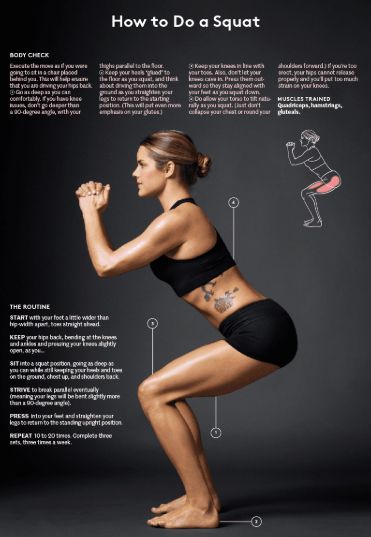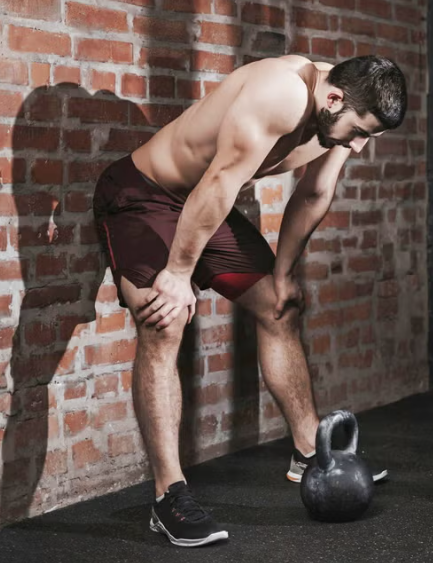
The Importance of Proper Assessment in Achieving Better Squats
When it comes to squatting and strength training, many gym-goers, particularly those involved in powerlifting, weightlifting, or strongman competitions, experience tightness in their muscles. This tightness is often linked to training issues that negatively impact performance. While a variety of tools, from foam rollers to steel cylinders, can help release muscle tension, simply “smashing” your tissues without understanding the root cause of that tightness is not the best long-term solution.
Tools like Donnie Thompson’s ex-wife, a heavy steel cylinder, or Chris Duffin’s Boomstick, a metal rod used by your gym buddy, can be effective for relieving tightness. These, alongside Acumobility tools such as stationary lacrosse balls, offer quick relief and are quite popular among athletes. However, using them repeatedly without addressing the underlying cause of the tightness won’t fix the problem. You might feel some temporary relief, but wouldn’t it be better if you didn’t have to use these tools constantly?
The key to lasting relief lies in identifying the cause of muscle tightness. Muscles don’t get tight without reason. All tightness stems from a lack of stability somewhere in the body’s kinetic chain. This tightness is a compensatory mechanism, a way the body provides stability where it is needed. Simply releasing the tension in the tissues without restoring the lost stability can increase the risk of injury.
Take the example of tight shoulders before an overhead press. You might perform extensive tissue work or stretching to get your shoulders into the proper position, but your body is likely limiting that range of motion for a reason. Increasing your range of motion without regaining control over it means you now have more mobility, but not necessarily the ability to move safely. The goal is to address the root cause of the tightness and retrain the body to control the range of motion effectively.
Soft tissue work does play a role, but it’s crucial to identify which tight muscles are directly affecting the movements you want to perform. For someone like myself, who trains with high volume, muscle tightness is common throughout the body. But if I experience pain or difficulty with a specific movement, it’s important to reassess the situation instead of blindly using a tool.
Most people will experience similar tightness, so an assessment is vital. This process involves testing the body’s ability to perform movements in all planes of motion, and the findings from the assessment should guide decisions. A skilled practitioner can draw conclusions from this assessment, which helps in determining the most effective intervention.
The more assessments a practitioner conducts, the better they become at identifying issues and recommending the right interventions. After implementing these interventions, it’s important to reassess. If the movement improves, the intervention worked. If not, it’s necessary to try something different. In many cases, a combination of techniques will yield the best results.
Sometimes, soft tissue work may not lead to any improvement in movement patterns, indicating that it might not be the most suitable approach for that particular issue. That’s why it’s essential to use a mix of techniques to address complex problems.
Having a coach who understands human movement and can guide you through an accurate assessment is crucial for long-term health and performance. Without a thorough assessment, you’re left guessing about what might be wrong. And without reassessing, you can’t be sure if your intervention was effective. While some coaches are certified in assessment protocols, they must understand movement patterns as well. An experienced coach may even refer you to another expert when needed, which highlights the importance of a collaborative approach among practitioners.
If you’re dealing with pain or tightness, I strongly recommend seeking a qualified coach who truly understands human movement. Rather than relying on a foam roller or a steel pipe, it’s essential to undergo a thorough assessment. Blindly doing soft tissue work might not be helping your situation and could potentially increase the risk of injury.
Muscle tightness is often a sign of underlying stability issues. The right assessment will help pinpoint the cause, allowing you to address the specific tissue that needs attention. Once the correct interventions are identified, reassessing ensures that they are truly effective.




